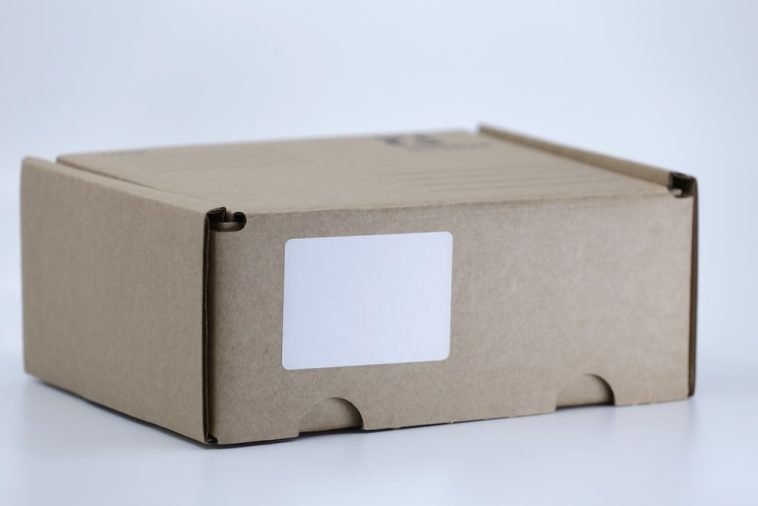Introduction.
If you’re thinking about starting a dropshipping business, you might wonder if it’s possible to make money by selling luxury brands without ever touching inventory or investing upfront.
The answer is: yes, it can be done, but it requires a specific approach to stand out in this high-end market.
With luxury brands, there’s a different set of expectations around quality, brand image, and customer experience, and understanding those is essential to succeed.
In this article, I’ll cover what you need to know to get started with dropshipping luxury products, including finding suppliers, understanding the challenges, and how to make it profitable.
I’ll also go through the pros and cons, some key tips for managing customer expectations, and a quick FAQ to help answer common questions.
If you’re serious about building a profitable business in luxury dropshipping, keep reading.
What Is Dropshipping?
Dropshipping is an eCommerce model where you sell products online without holding any inventory. Instead, you partner with suppliers who handle the storage, packaging, and shipping directly to your customers.
You act as the middleman, and when a customer places an order, the supplier ships the product directly to them. This means you don’t have to worry about warehousing, which lowers your upfront costs and risks.
But when it comes to luxury brands, there’s a twist. Luxury products like designer handbags, high-end watches, or premium skincare come with an expectation of authenticity, exclusivity, and exceptional service.
Customers buying luxury items expect a different experience than those purchasing everyday products, so the stakes are higher.
Why Dropshipping Luxury Brands Can Be Profitable
Luxury goods are high-margin products, meaning you can potentially make a larger profit per item sold compared to standard products.
Customers who are willing to pay for luxury goods are also less likely to be sensitive to price changes and might value a curated experience over finding the cheapest option.
Additionally, luxury goods often have a loyal customer base that is brand-conscious and aware of quality standards, so there’s a market of people who are willing to pay for what they perceive as premium.
Pros and Cons of Dropshipping Luxury Brands
Pros
- High-Profit Margins: Selling high-end goods means each sale can yield a higher profit compared to standard dropshipping.
- Low Inventory Risks: Since you’re not holding stock, you avoid the risk of unsold inventory.
- Brand Loyalty: Luxury brands have a dedicated following, making it easier to target an audience that already has an interest in what you’re selling.
- Exclusivity Appeal: Curating luxury products gives your store a sense of exclusivity, which can attract a high-paying clientele.
Cons
- Strict Supplier Requirements: Many luxury brands are very protective of their brand image and may have strict guidelines for who they allow to sell their products.
- Higher Customer Expectations: Customers who buy luxury products expect a top-notch experience, which may include faster shipping, excellent customer service, and quality assurance.
- Risk of Counterfeit Goods: The luxury market is full of counterfeit items, so you must ensure that you’re working with reputable suppliers to maintain trust.
- Legal Issues: Some luxury brands don’t allow dropshipping or may have trademark protections that prevent you from using their names in marketing.
How Do I Dropship Luxury Brands Successfully?
If you want to succeed in dropshipping luxury brands, here’s a step-by-step guide to get you started:
1. Research and Find Reputable Suppliers.
Start with suppliers who specialize in luxury goods and have a strong reputation. Platforms like AliExpress and Alibaba aren’t typically ideal for luxury goods due to the high presence of counterfeit products.
Instead, consider working with specialized luxury dropshipping platforms or private suppliers who can provide authenticity guarantees.
2. Get the Necessary Licenses.
Some luxury brands require authorization to sell their products. You may need to apply for a license or get special permission to carry certain brands.
3. Build a Premium Brand Identity.
Your website, customer service, and overall experience need to reflect the high-end nature of the products. Invest in a well-designed website, create a seamless shopping experience, and offer personalized customer service.
4. Price Strategically.
Luxury items have a high price point, so you’ll want to price your products accordingly. However, don’t undercut prices too much, as this can make your site appear unreliable. Customers willing to pay for luxury goods often see value in premium pricing.
5. Market to the Right Audience.
Use platforms like Instagram and Pinterest, which attract users who enjoy high-end products. Influencer marketing can also work well if you can partner with someone whose followers are interested in luxury.
6. Offer Excellent Customer Service.
Prompt responses, clear return policies, and attention to detail go a long way. Customers buying luxury goods expect superior customer support, so be ready to meet those standards.
Common Questions about Dropshipping Luxury Brands
1. Is it legal to dropship luxury brands?
It depends on the brand and the supplier’s terms. Some luxury brands are strict about who can sell their products, and some don’t allow dropshipping at all. Make sure to read supplier agreements carefully and avoid using brand names in marketing without permission.
2. How can I ensure the products are authentic?
Work only with trusted suppliers who offer authenticity guarantees. It’s essential to verify your supplier’s credibility because selling counterfeit products can lead to legal trouble and damage your store’s reputation.
3. Do I need to get permission from luxury brands to dropship their products?
In some cases, yes. Many luxury brands have strict control over who can sell their products and may require authorization. Contact the brand or supplier to understand their policies.
4. Is luxury dropshipping profitable?
Yes, but it requires a well-thought-out approach. You’ll likely need to invest in a high-quality website, customer service, and marketing strategy to attract the right audience. When done correctly, luxury dropshipping can be profitable due to the high margins on these goods.
5. What platforms are best for dropshipping luxury brands?
Platforms that support high-end retail stores, like Shopify and BigCommerce, work well for luxury dropshipping. You’ll also need a platform that allows you to customize the look and feel of your store to create a premium shopping experience.
6. What are some examples of luxury dropshipping niches?
Popular niches include designer fashion, luxury watches, fine jewelry, premium skincare, and high-end home decor. Focusing on a specific niche can help you target a particular audience and build authority in that area.
Conclusion
Dropshipping luxury brands can be a profitable venture if you approach it with the right strategy. By focusing on quality suppliers, creating a premium shopping experience, and targeting the right audience, you can build a dropshipping store that attracts high-paying customers.
Remember, authenticity and customer experience are essential in the luxury market, so take the time to find the best suppliers and create a website that truly reflects the high-end nature of your products.
Are you ready to take the plunge and build a profitable luxury dropshipping store? Or do you still have questions about how to get started?





GIPHY App Key not set. Please check settings